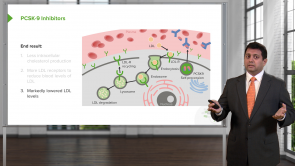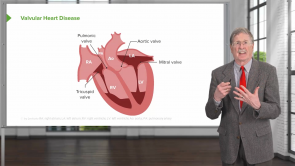Blood Pressure Regulation
Über den Vortrag
Der Vortrag „Blood Pressure Regulation“ von Richard Mitchell, MD, PhD ist Bestandteil des Kurses „Hypertension“.
Quiz zum Vortrag
Which of the following molecules causes vasoconstriction?
- Thromboxane
- Prostaglandins
- Nitric oxide
- Kinins
- Histamine
Which molecule increases Na+ excretion and causes vasodilatation?
- Atrial natriuretic peptide
- Thromboxane a2
- Bradykinin
- Leukotrienes
- Endothelin
If ACE (angiotensin-converting enzyme) is blocked, the level of which molecule will be decreased?
- Angiotensin II
- Angiotensin I
- Angiotensinogen
- Bradykinin
- Renin
Which of the following neuronal factors regulates the peripheral resistance of blood vessels?
- α-adrenergic stimulation
- Angiotensin II
- Prostaglandins
- Endothelin
- Nitric oxide
Diese Kurse könnten Sie interessieren
Kundenrezensionen
5,0 von 5 Sternen
| 5 Sterne |
|
1 |
| 4 Sterne |
|
0 |
| 3 Sterne |
|
0 |
| 2 Sterne |
|
0 |
| 1 Stern |
|
0 |
Perfect choice and vital topic in primary care. Excellent presentation

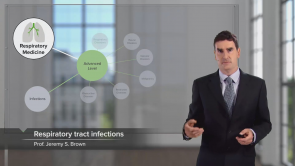
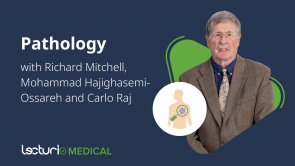
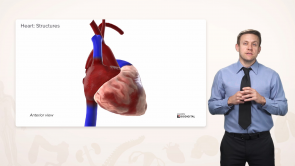
![Cardiovascular System [Archive]](https://assets-cdn1.lecturio.de/lecture_collection/image_medium/7472_1545135450.png)
